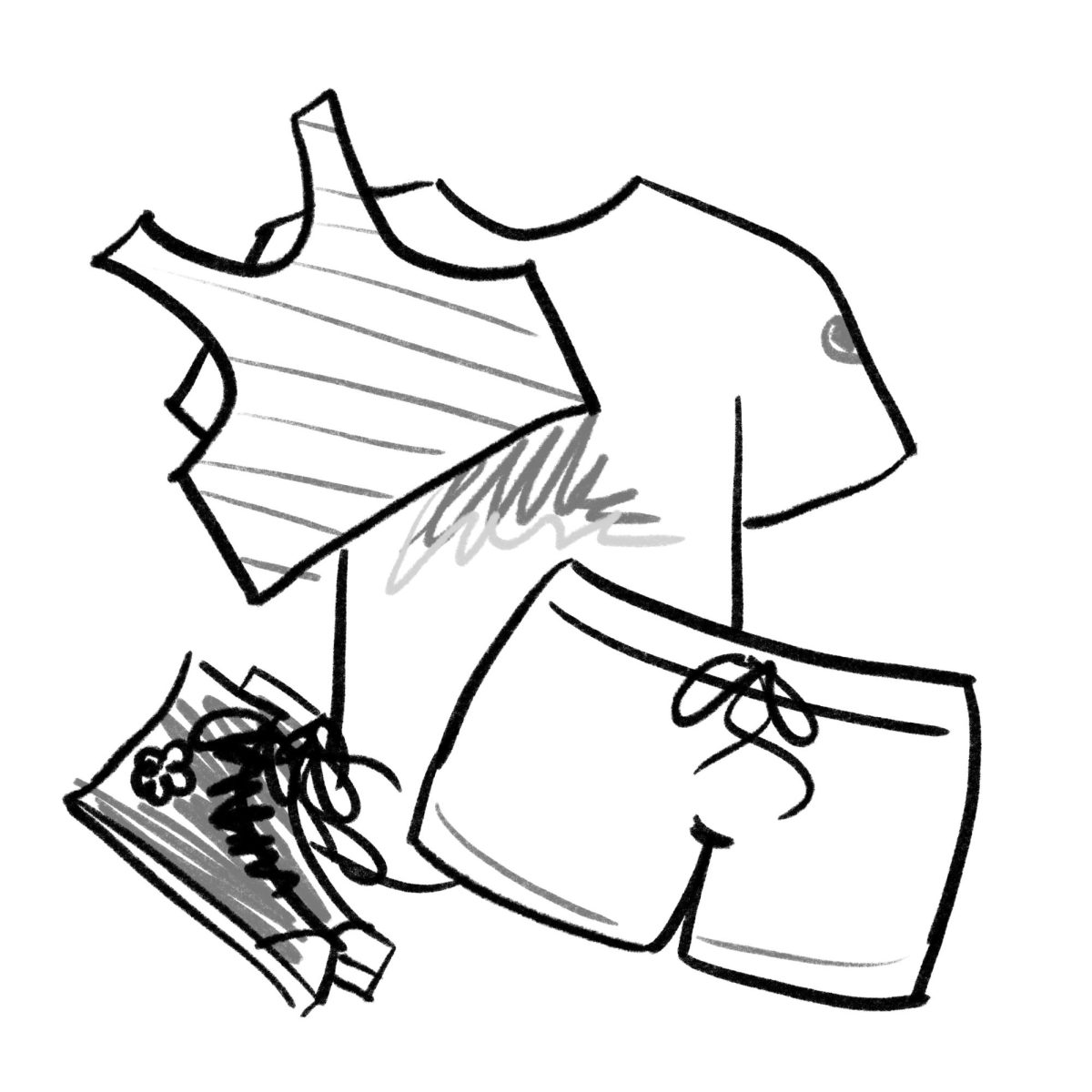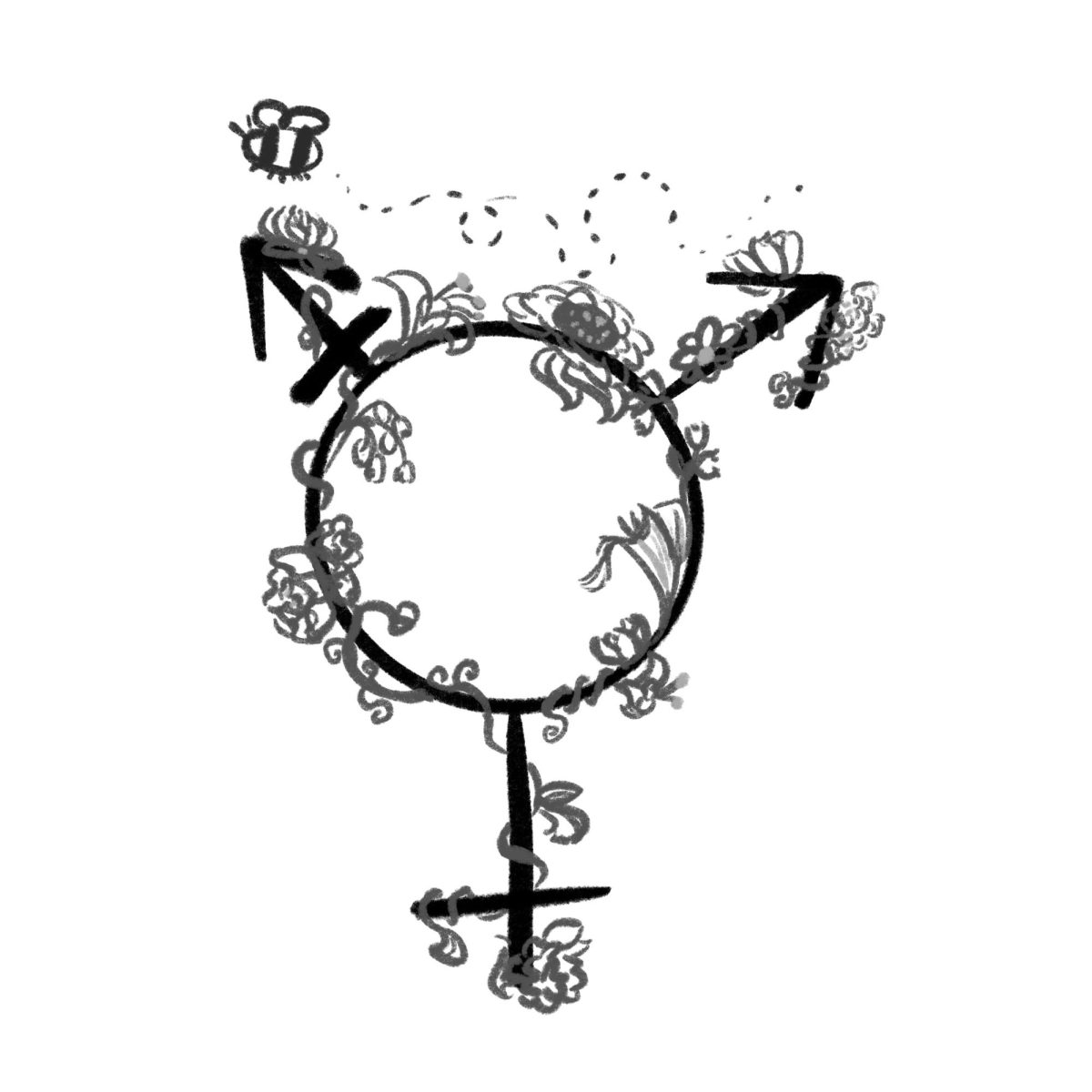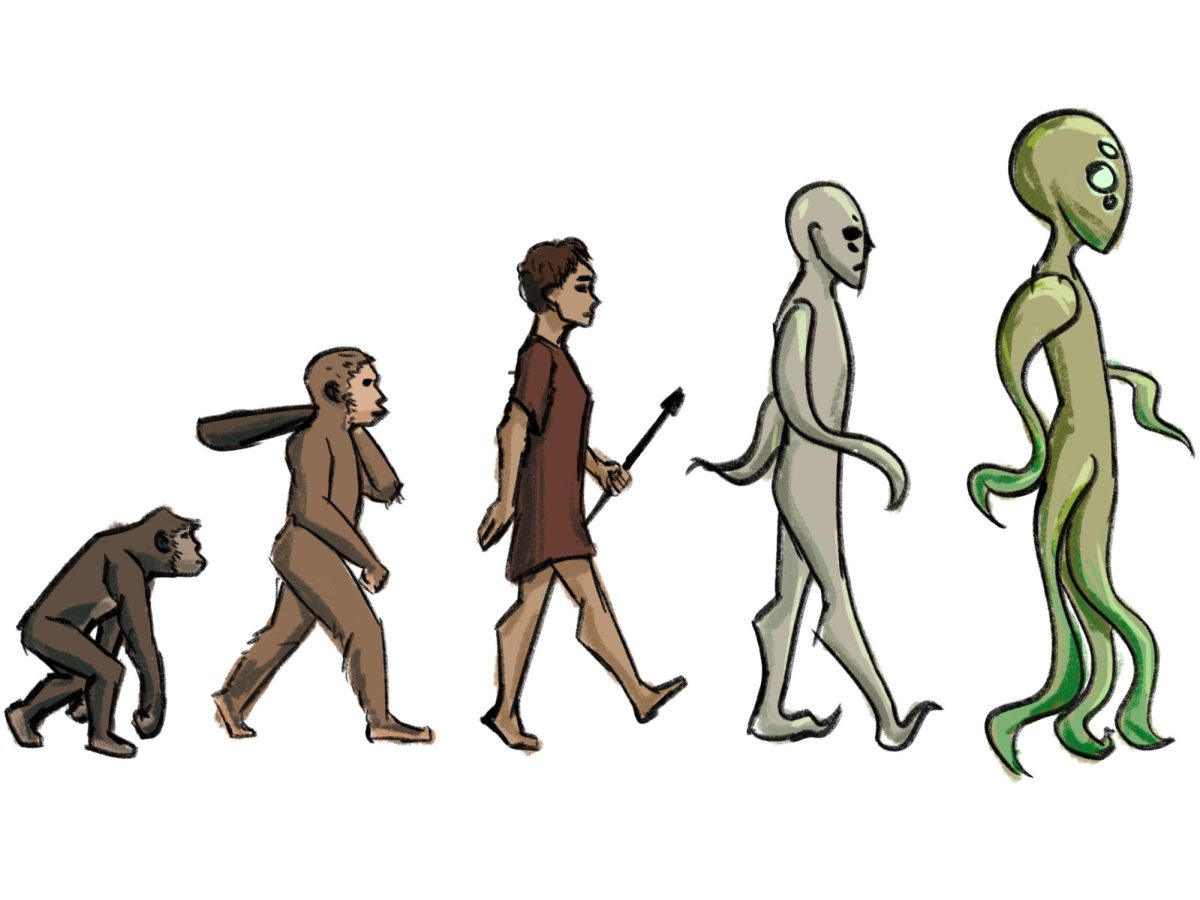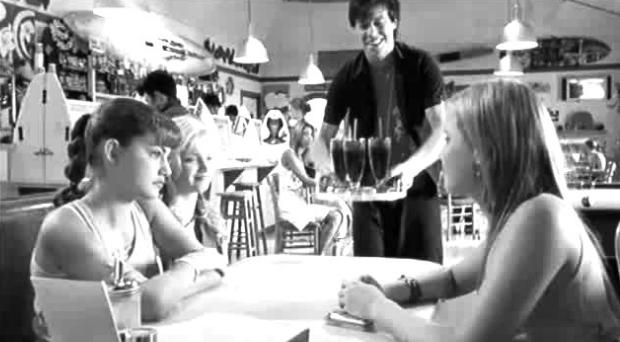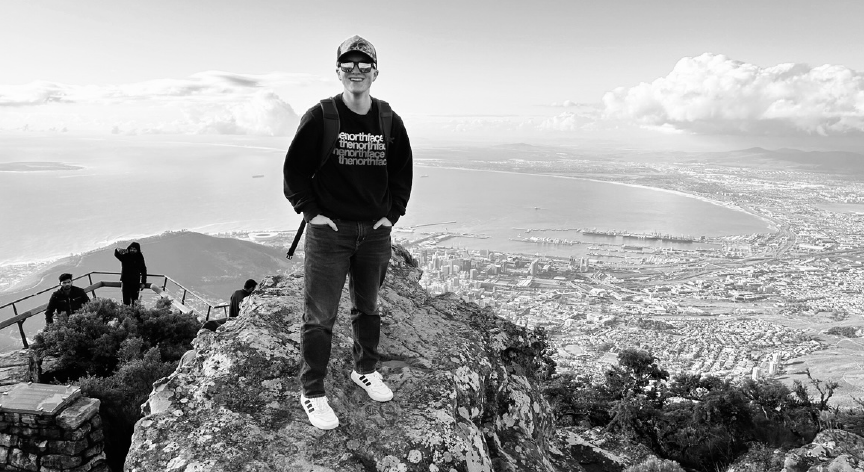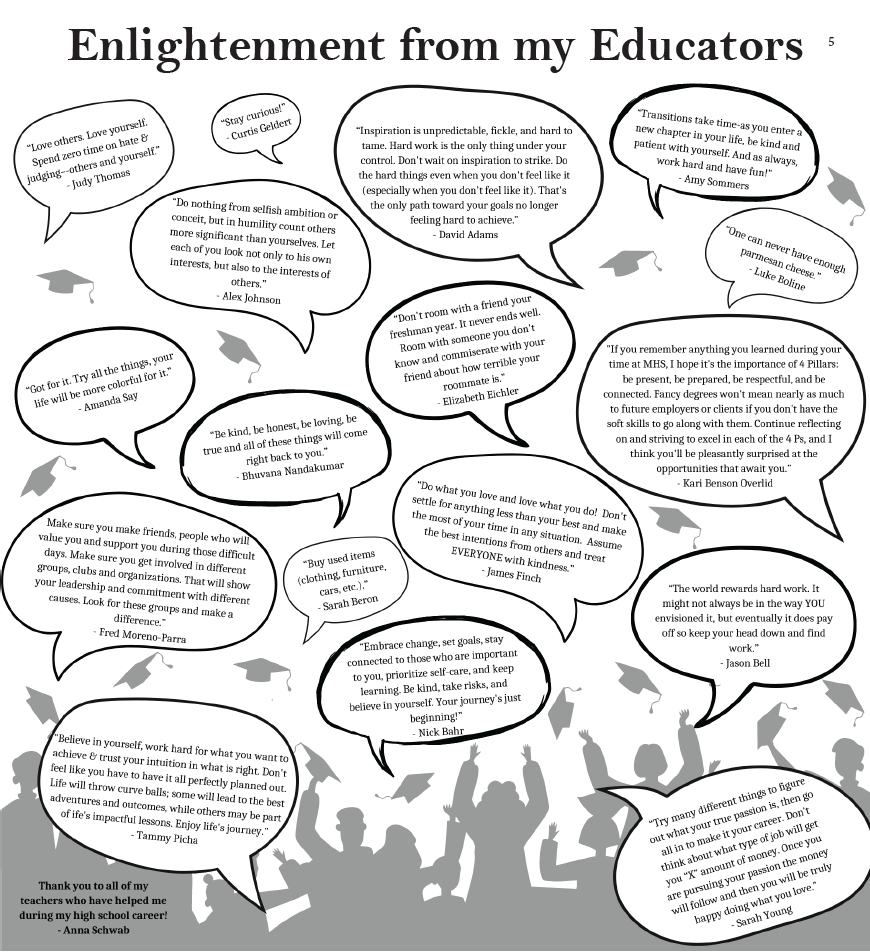Homelessness And Housing Instability: An Overlooked Minnetonka Issue
March 20, 2020
The city of Minnetonka has earned a reputation of wealth and privilege, and homelessness rarely comes up in Minnetonka civil discourse. Many seem to assume that homelessness is an issue only prevalent in the core cities of Minneapolis and St Paul. It is often overlooked in affluent western suburbs such as Minnetonka.
Residents of Minnetonka usually count themselves out of those affected by homelessness. As one area social worker said,“I think one common misconception is that there is not homelessness in the western suburbs and that it doesn’t exist here or that it is a rare occurrence.” Kirsten, who wanted to keep her last name private, is a social worker for ResourceWest. She is often asked if Minnetonka and Hopkins even need social services. Though well-off as a whole, 5% (over 2,500 individuals) of Minnetonka meet the federal definition of poverty.
While some might think that this issue must have been addressed by now, Minnesota homelessness has been on the rise. The Wilder Report records that Minnesotans experiencing homelessness outside a formal shelter have increased by 62% since 2015. Throughout the state and metro area, cases of homelessness are not becoming any less frequent.
In the west metro area, several agencies are on the front lines of supporting families, youth, and individuals affected by homelessness. These include ResourceWest, ICA Food Shelf, and MoveForward.
ResourceWest is an agency dedicated to providing a wide array of social services and other kinds of support for those in need, including employment, education and basic supplies. ICA Food Shelf focuses on distributing food to families struggling to cover the costs of daily living due to job loss, divorce, disabilities, or other challenges. MoveForward provides relief to teens and youth experiencing homelessness.
Although these agencies provide critical support to individuals and families experiencing homelessness, there are no homeless shelters in the western suburbs. Kirsten explained, “[People who are experiencing homelessness] want to stay in this area, and… don’t want to go to the shelters downtown that aren’t accessing services as quickly, and [as a result] remain homeless for a longer period of time.”
Generally, most of the homeless shelters are in Minneapolis, particularly downtown.
So what is driving the homelessness? Length of homelessness is the same or longer because of the lack of affordable housing. Current rents are simply unaffordable for many households. If someone is coming out of homelessness, the western suburbs are not a good place to find affordable housing. The median gross rent in Minnetonka is estimated by the US Census at $1,359 per month. To afford the median rent, one would have to make at least $4,077 per month and $48,924 per year, while most people experiencing homelessness only earn half of that or less.
Often, new affordable housing developments introduced to wealthy cities like Minnetonka face significant opposition by the community to their construction. This further discourages developers and so can exacerbate the challenge to increase affordable housing supply.
There is a cost in affluent communities to ignoring the presence of homelessness, and it has a real impact on those experiencing homelessness. Kirsten emphasizes that there isn’t enough awareness around homelessness in Minnetonka. She contrasts the lack of local dialogue with her experiences in St Paul.
She stated, “When I lived in St. Paul, people really knew about resources [available to those experiencing homelessness] that some people in the western metro area hadn’t even heard of because people just aren’t talking about it at all.”
To those of us at Minnetonka privileged enough to have a home and food to eat everyday, it is important that we recognize that there are disparities in our own community. Nothing can ever get better if there is no awareness of the poverty that persists even in the most well-off areas.





